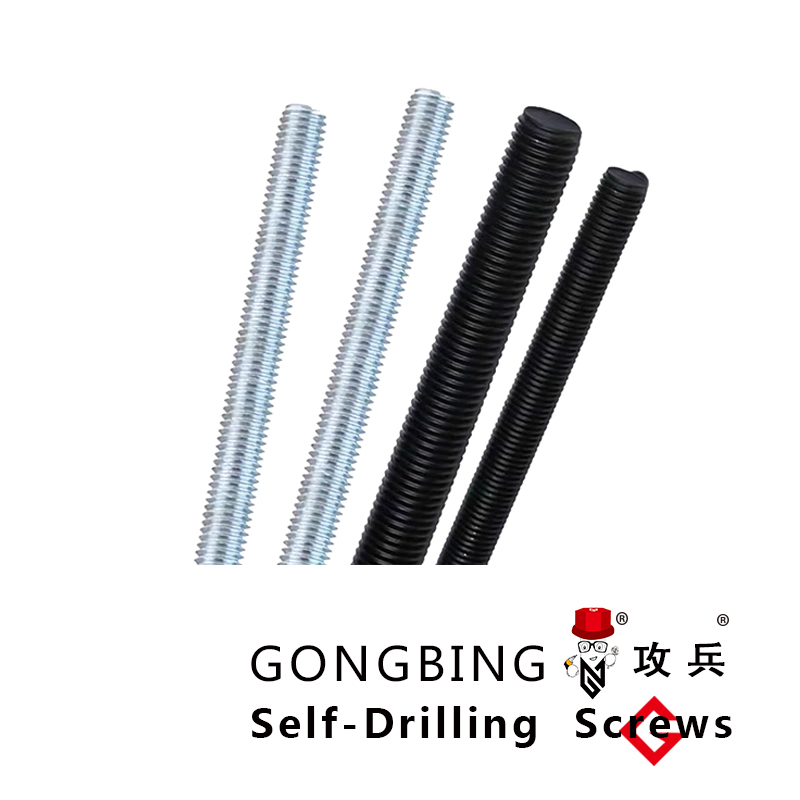stainless steel cross bracing
The Importance of Stainless Steel Cross Bracing in Modern Construction
Stainless steel cross bracing has emerged as a pivotal element in modern engineering and architectural designs, playing a crucial role in ensuring structural integrity and resilience. This innovative technique involves the use of stainless steel rods or cables arranged in a crisscross pattern, providing enhanced support and stability to various structures, particularly in high-rise buildings, bridges, and industrial facilities.
One of the most significant advantages of stainless steel cross bracing is its exceptional strength-to-weight ratio. Stainless steel is known for its durability and resistance to corrosion, making it an ideal material for long-term applications. Unlike traditional materials, such as carbon steel, stainless steel maintains its integrity over time, even when exposed to harsh environmental conditions. This resistance to rust and corrosion reduces maintenance costs significantly, ensuring that structures remain safe and aesthetically pleasing for many years.
The cross bracing system not only offers robust support but also allows for more flexible design options. Architects and engineers can incorporate cross bracing into their designs without compromising aesthetic appeal. The sleek appearance of stainless steel enhances the overall look of a structure, allowing for creative architectural elements while maximizing safety and performance.
stainless steel cross bracing

In seismic-prone areas, stainless steel cross bracing provides essential resistance to lateral forces generated by earthquakes. By dissipating energy and distributing loads, this type of bracing minimizes the risk of structural failure during seismic events. It enables buildings to sway in a controlled manner rather than collapsing, offering occupants a greater level of safety and security.
Additionally, stainless steel cross bracing contributes to improving the overall performance of structures under wind loads. Tall buildings often face significant lateral forces due to strong winds, which can lead to sway and discomfort for occupants. The strategic installation of cross bracing helps to counteract these forces, providing a more stable and comfortable indoor environment.
Furthermore, the installation process of stainless steel cross bracing can be quickly executed, leading to shorter construction timelines. This efficiency is beneficial not only for construction companies looking to reduce costs but also for clients eager to have their projects completed in a timely manner. The lightweight nature of stainless steel makes handling and installation easier, reducing labor time and facilitating faster project delivery.
In conclusion, stainless steel cross bracing represents a significant advancement in structural engineering. Its unparalleled strength, resistance to corrosion, and ability to provide stability in both seismic and wind conditions make it an invaluable asset in modern construction practices. As the demand for resilient and aesthetically pleasing structures continues to rise, the use of stainless steel cross bracing is expected to play an increasingly vital role in shaping the skylines of our cities. Its blend of functionality and design flexibility ensures that architects and engineers can meet the challenges of contemporary construction while prioritizing safety and longevity.
-
Weatherproof Plastic Expansion Anchors for OutdoorNewsJun.06,2025
-
Sustainability in the Supply Chain: Eco-Friendly TEK Screws ProductionNewsJun.06,2025
-
Load-Bearing Capacity of External Insulation FixingsNewsJun.06,2025
-
Double Head Bolts: Enhancing Efficiency in Industrial MachineryNewsJun.06,2025
-
Corrosion Resistance in Chipboard Screws: Coatings for Wholesale DurabilityNewsJun.06,2025
-
Butterfly Toggle Bolts : Enhancing Structural ResilienceNewsJun.06,2025
